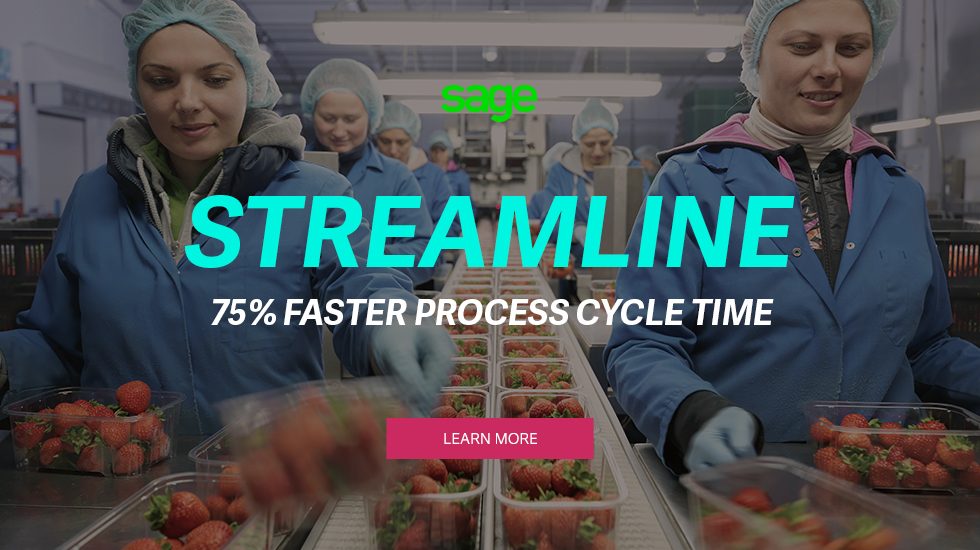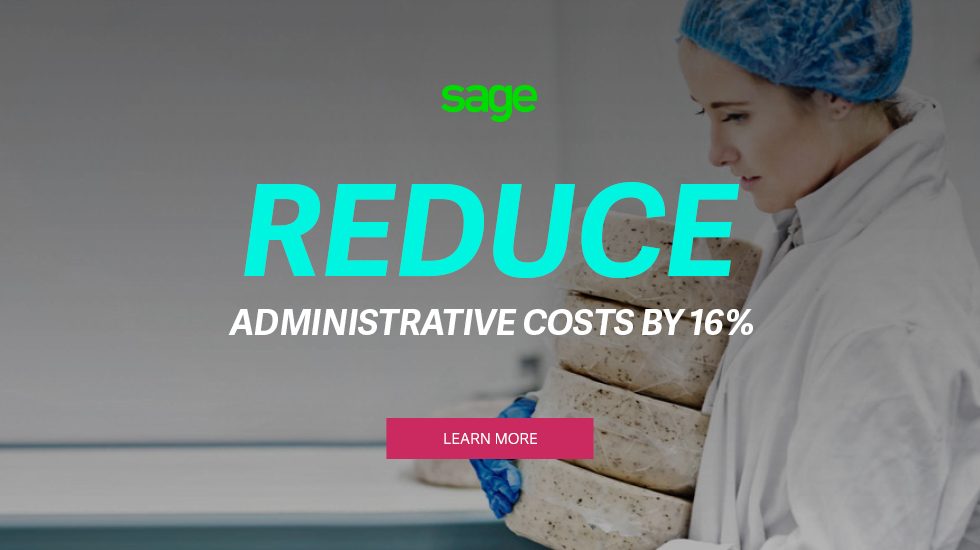Food manufacturers are catering for the demands of a steadily growing global population. So great is the increasing need, the UN’s Food and Agricultural Organisation predicts food production will have to rise by 70 per cent to feed an extra 2.3 billion people by 2050.
Equally as critical is the need to eliminate waste to reduce unnecessary burdens on our water and agricultural resources as well as supporting efforts to eliminate hunger.
Companies in the food manufacturing sector are under growing pressure to address these mounting global concerns. They are doing so while meeting strict local health and safety regulations, and facing increased competition from overseas imports. Add the business imperatives of running an efficient, profitable organisation to this checklist and it makes for a daunting task.
Moving into the digital age is the obvious solution. Modern business management systems enable food manufacturers to simultaneously meet their corporate responsibilities, streamline processes for cost efficiencies and manage compliance needs.
Yet some businesses continue to administer complex operations with outdated technology or even manual records. Obsolete systems can whittle away at a company’s time and productivity opportunities, says Michael Williamson, Sage’s partner sales manager.
“It’s surprising how many companies out there – particularly those who have grown up from being very successful family businesses – don’t have the infrastructure to make themselves competitive,” he says.
“From the scanning and tracking of items to the collection of expiry dates, these functions are not readily available in the outdated systems operated by these mid-size companies, and in the end the manual and labour-intensive nature required to accommodate the regulatory requirements ultimately affects their operating efficiencies.”
Tracking is now more vital than ever. Companies need to monitor stock levels to predict seasonal peaks and troughs so they aren’t caught short or overstocked with certain products. Business management software gives companies instantaneous updates so they can make informed decisions to control inventory while upholding quality. The same software can be pre-programmed to produce alerts and reminders to inform managers about upcoming food expiry dates. This smart technology could save tons of food from being wasted and money effectively going down the drain.
Handheld radio frequency identification (RFID) scanners use tiny computer chips to identify products and this eliminates the need for manual data entry.
Scanned records are fed into a centralised system that produces real-time information. This means businesses can quantify goods and track the movement of items in real time.
Australian food manufacturers pride themselves on meeting stringent national standards and have an international reputation for producing high quality goods as a result. But without the right equipment, the logistics of dealing with compliance regulations as well as overseeing staff qualifications, training and ongoing development can be challenging.
This challenge is best managed by an automated system, says Alex Haloulos, Sage direct sales manager.
“Technology allows a company to manage all of their staff’s qualifications, skills and compliance from a training perspective – ensuring staff have attended their training, ensuring that the content of that training is specific to their job type and title, and making sure all this is managed and maintained automatically,” he says.
“So alerting the business and flagging the employees in advance that they have pending qualifications essentially allows a company to keep on top of the recertification requirements in an interactive manner and empowering the staff themselves to go and get recertified.”
Companies can quickly become unstuck if they belatedly discover compliance standards haven’t been met, Haloulos says.
“From a food and safety regulatory perspective, you’ve got people handling food and working on processes who effectively don’t have compliance certificates,” he says.
“So anything they touch or are working on could technically be deemed unsafe and you could be shutting down that production line. So from a business perspective, what would it cost if you had to shut down a production line because your staff haven’t got the right certifications in place?”
An early heads-up can give organisations sufficient time to plan ahead and avoid incidents that could result in unnecessary delays and costs. Results of inaction can also be programmed into cloud-based systems so everyone is well aware of the potential risks.
These prompts reduce the element of human error and encourage businesses to keep ahead of the curve, Haloulos says.
“So it really allows you to plan your actions as opposed to be reactive,” he says. “Typically companies without systems are reactive. Companies with systems on the other hand, can build plans for the future and allow the software to enable them.”
Introducing a new system may seem overwhelming, but modern cloud-based technologies are widely acknowledged as easy to implement and more user-friendly.
Each business has a unique set of requirements and software shouldn’t come in a one-size-fits-all mode. A customised set-up can take these into account to ensure the technology delivers extra efficiencies.
In an increasingly competitive environment, every food manufacturer hungers for a streamlined supply chain that manages compliance risks and supports staff to be their best so they can deliver value, drive productivity and meet corporate responsibilities.





